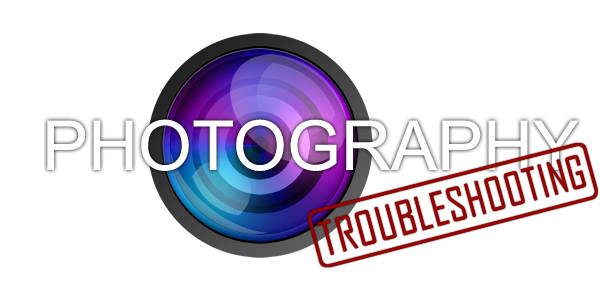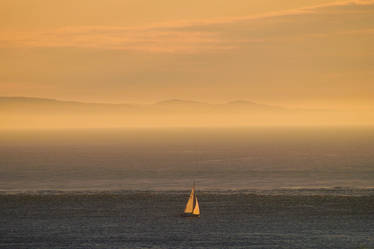TheGalleryOfEve asked recently about SLR settings and in particular, a troubleshooting article focusing on ISO. So here it is! Hopefully this article will help you to understand ISO better, whether a beginner or not.
What Is ISO?
ISO within traditional photography, was an indication of how sensitive a film was to light. Within digital photography it measures the sensitivity of the image sensor. Basically, the lower the number then the less your camera is sensitive to light. Higher ISO numbers are generally used in dark situations to get faster shutter speeds but this can often mean that your shots are noisier. ISO 100 is the most widely used and gives crisp shots with little to no grain. Shooting in automatic means that the camera will select the appropriate ISO for the situations that you are facing, and work out the rest for you to reduce noise as much possible. But it's when you start getting more technical and manual that it's important to understand how to get the best out of the setting for the best kind of shots. So, in summary ISO = the higher the number, the more sensitive to light your camera becomes.
Thinking about ISO
When thinking about ISO, consider the following:
Examples of situations that require higher ISO...
Sports events, particularly indoor ones, might require you to change your camera settings to get the best shots possible. Sporting events are most likely coupled with moving subjects, and often with poor lighting depending on what kind of setting you are in. A fast moving subject means limited light available, and thus ISO needs to be pushed higher.
Birthday parties are another great example of when a higher ISO is needed. Whether this is because you are taking photos of people dancing at a disco - and again this is important with wedding discos too - or whether you are capturing somebody blowing out candles. These sorts of opportunities can often be ruined by flash, and so pushing your ISO higher will help to compensate for that.
Churches are another situation that may require you to think more about your lighting and achieving the best possible shots. Often with poor lighting, or lit only by candles, they can be tricky subjects. Getting the best out of the environment you are given requires working with the settings to accurately capture the situation as it is presented to you.
Below are some fantastic tutorials, rather than write what others have already written, check them out. The video tutorial is a great visual accompaniment to understanding ISO and the chart below shows exactly how ISO should increase with situation - thanks to PetaPixel!


